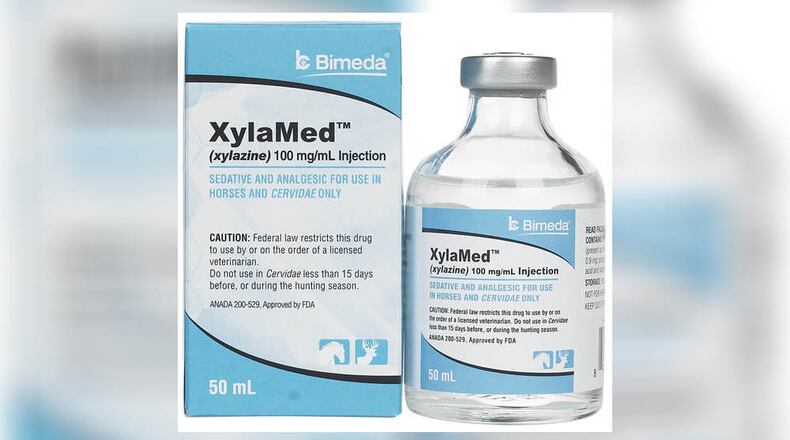MORE: Middletown man arrested in alleged ‘drug ring’ bust in jail waiting for U.S. Marshals
Xylazine is legally administered to animals by veterinarians as a sedative and an analgesic. Unlike morphine, fentanyl, or carfentanil, xylazine is not a scheduled medication. That means a Drug Enforcement Administration license is not required to obtain xylazine, which makes the drug “more readily accessible.”
In humans, xylazine can cause respiratory depression, various forms of heart block, and death. There is “very little research” on the effects of xylazine combined with opioids in human beings, according to the state.
Unlike naloxone for opioids, there is no antidote or reversal agent for xylazine, and the treatment is supportive.
About the Author

